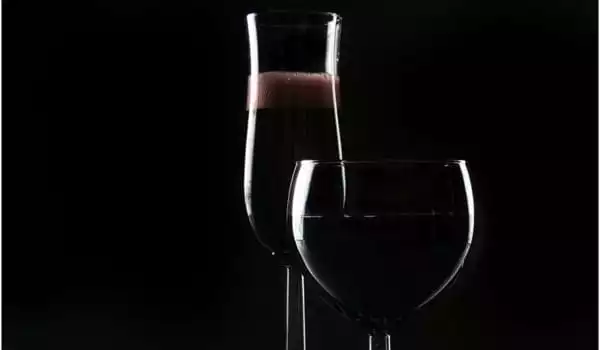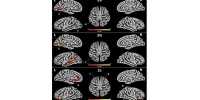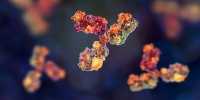The internal system of the body that controls the daily rhythm of the body’s functions (i.e., the circadian system), the body’s stress response, and the body’s neurobiology are all intricately linked. Thus, the circadian system’s rhythm influences alcohol consumption patterns; at the same time, alcohol consumption can alter circadian functions. The circadian system’s sensitivity to alcohol may be due to alcohol’s effects on the expression of several clock genes that regulate circadian function.
The hypothalamus and pituitary gland in the brain, as well as the adrenal glands and the hormones they secrete, such as corticotrophin-releasing hormone, adrenocorticotrophic hormone, and glucocorticoids, are all part of the stress response system. The activity of this system is influenced by alcohol consumption and vice versa.
The presence of the Bmal1 gene in the striatum affects alcohol consumption in both male and female mice in a sexually dimorphic manner, according to the researchers. Male mice who did not have the protein consumed more alcohol than those who did, while female mice who did not have the protein consumed less alcohol than females who did.
The main conclusion we can draw from this is that Bmal1 in the striatum confers risk in females, because they consume more alcohol when the gene is present. Males are protected by the gene because they consume less alcohol. When the gene is removed from the striatum, the sex differences seen in normal mice are eliminated.
Professor Shimon Amir
“Why do we drink the way we do?” is a frequently asked question after New Year’s. A group of researchers discovered that at least some of it is due to a specific protein in the forebrain, which regulates, among other things, decision-making and reward perception.
That is the subject of a recent article published in the Nature journal Communications Biology. In it, the researchers report that the presence of the Bmal1 gene in the striatum affects alcohol consumption in both male and female mice – but in a sexually dimorphic manner. Male mice who did not have the protein consumed more alcohol than those who did, whereas female mice who did not have the protein consumed less alcohol than females who did.
Bmal1 is also a component of the suprachiasmatic nucleus, which is found in all mammals and regulates the sleep-wake cycle. Previous clock gene association studies revealed that Bmal1 may play a role in alcohol consumption. Expanding on this, the researchers hypothesized that Bmal1 may affect alcohol intake in a sex-dependent manner, given evidence of sex differences in alcohol consumption and some clock gene functions.
The study was led by Nuria de Zavalia, a research associate and lab manager at the Center for Studies in Behavioral Neurobiology and supervised by Shimon Amir, a professor of psychology and Distinguished University Research Professor. The co-authors are research associate Konrad Schoettner, undergraduate student Jory Goldsmith, research assistant Pavel Solis, alumna Sarah Ferraro (PhD 21) and research assistant Gabrielle Parent.

Risk in females, protection in males
The researchers created two lines of mice, one of which had the Bmal1 gene deleted or “knocked out” using molecular biology methods from the striatum’s medium spiny neurons. Because it is important for the circadian clock, the gene was found in other parts of the body. The other line served as a command and control.
Males with the Bmal1 gene deleted from the striatum consumed more alcohol than those who did not have it deleted, whereas females had the opposite effect: those who did not have Bmal1 consumed less alcohol than those who did. (In general, female rodents consume more alcohol per body weight than males.)
“The main conclusion we can draw from this is that Bmal1 in the striatum confers risk in females, because they consume more alcohol when the gene is present,” says Amir. “Males are protected by the gene because they consume less alcohol. When the gene is removed from the striatum, the sex differences seen in normal mice are eliminated.”
Amir observes that the deletion of the gene has no effect on sugar consumption or circadian rhythms. “It appears that striatal Bmal1 plays a causal role in the control of alcohol consumption and contributes significantly to sex differences in alcohol intake,” he says.
A basis for sex-based treatment?
The researchers believe that this discovery will aid in the treatment of human addiction. Women, for example, report lower alcohol use and dependency than men, but they suffer more negative consequences of alcohol use and dependency.
“So far, the limited biological and pharmacological treatments for alcohol dependence have not differentiated between males and females, despite the fact that there are significant differences in alcohol drinking behavior and addiction between the sexes,” he says. “By discovering sexually dimorphic mechanisms, addiction treatment specialists may be able to develop sex-based treatment in the future.”















